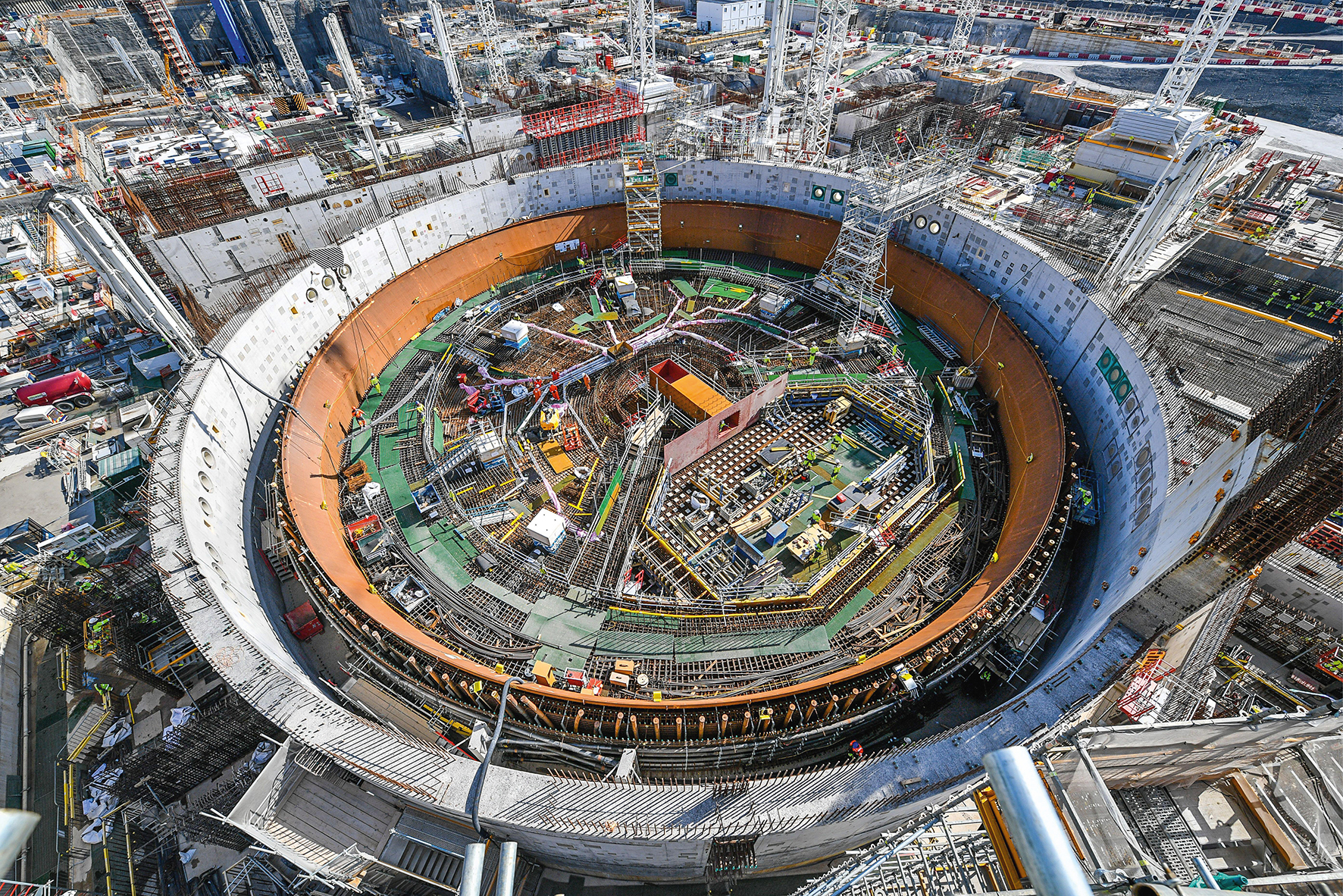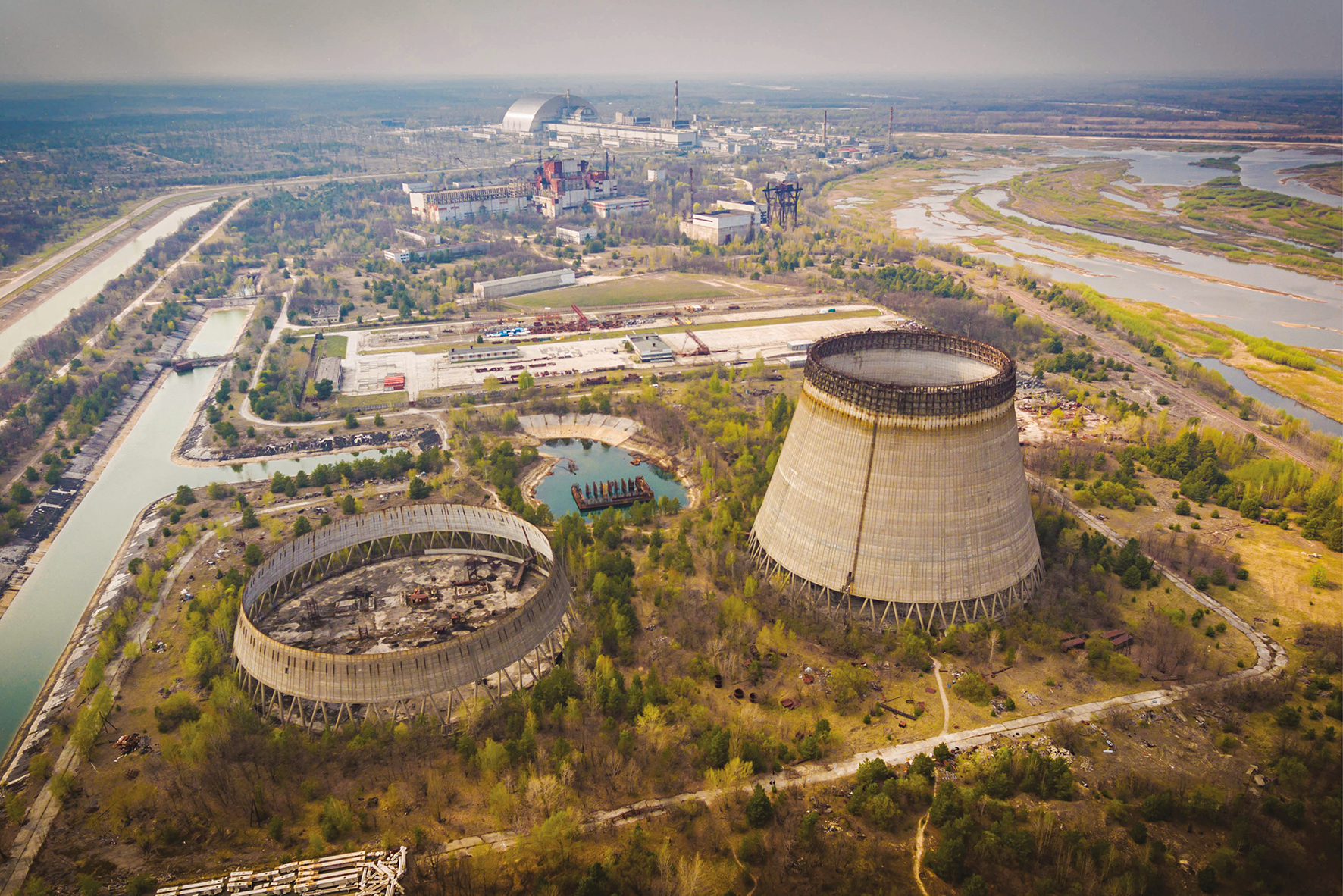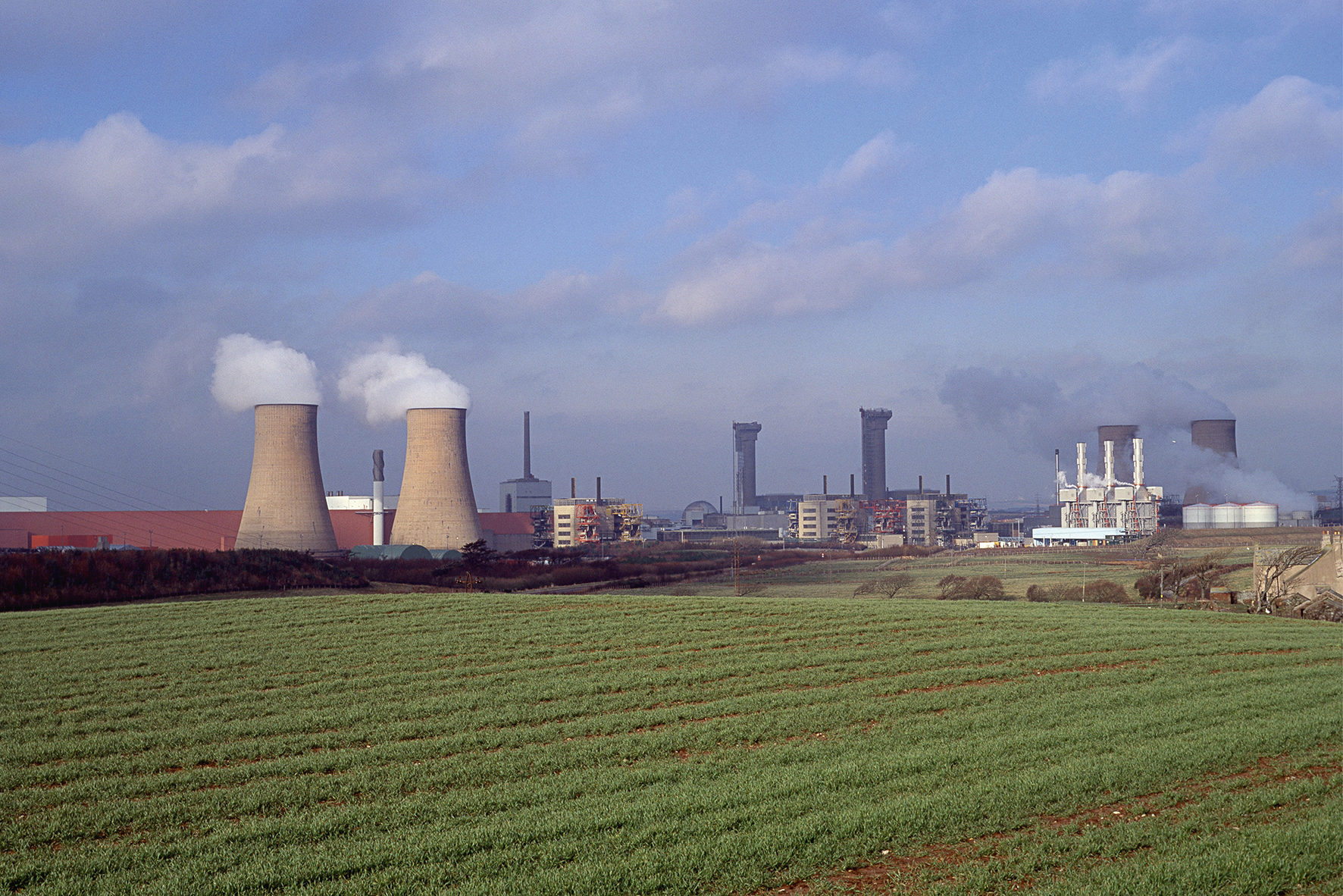Lorem ipsum dolor sit amet, consectetur adipiscing elit. Curabitur eleifend tortor nec augue pretium


At last year’s COP29 climate summit, six countries signed up to the Declaration to Triple Nuclear Energy by 2050, bringing the total number of signatories to 31, including the UK and US.
Indeed, the UK unveiled plans for the “biggest expansion of nuclear power for 70 years” just months earlier, driven by energy security fears following Russia’s invasion of Ukraine and rising bills, with energy secretary Ed Miliband declaring last November that “nuclear will play a vital role in our clean energy future”.
And it’s not just governments jumping on the bandwagon – tech giants Google and Microsoft are also turning to nuclear to satisfy their growing energy demands for artificial intelligence (AI) data centres.
Opponents have long warned of the potential for catastrophic accidents and challenges with storing radioactive waste, while proponents promise a clean and reliable energy source. So are the rewards worth the risks?
Following the discovery of nuclear fission in the 1930s – or splitting the atom – the UK led the way with nuclear energy, opening the world’s first full-scale nuclear power station at Windscale (now known as Sellafield) in 1956.
“This new power, which has proved itself to be such a terrifying weapon of destruction, is harnessed for the first time for the common good of our community,” Queen Elizabeth II declared at the opening.
The historic moment inspired other nations to follow suit, and global nuclear capacity increased rapidly from less than one gigawatt (GW) in 1960 to 100GW in the late 1970s. But this trend was relatively short-lived.
The public grew increasingly concerned about health and safety following the 1979 Three Mile Island disaster in the US, and anti-nuclear sentiment reached its peak following the Chernobyl catastrophe in 1986, causing many countries to turn their back on nuclear altogether.
However, according to a recent report from the Tony Blair Institute for Global Change (TBI): “The public understanding of nuclear power has been shaped by media headlines and dissemination of information around key accidents like Chernobyl, as well as the claims of the anti-nuclear movement.
“This has resulted in an inaccurate perception of the technology’s real risks and rewards.”
The Chernobyl disaster – which involved a reactor explosion – is one of only two nuclear energy accidents rated at maximum severity on the International Nuclear and Radiological Event Scale, the other being Fukushima in 2011.

At Chernobyl, around 30 people died from immediate blast trauma and acute radiation syndrome, although the death toll remains contested to this day. The UN has said that 4,000 people could eventually die from radiation exposure, while Greenpeace claims that the number is closer to 100,000 when you take into account cancer-related deaths.
This discrepancy encapsulates the ongoing debate around safety, with environmental groups and proponents of nuclear energy having both been accused of spreading misinformation.
Patrick Albert Moore, a past president of Greenpeace – which was founded by anti-nuclear activists – broke away from the NGO in 1986 after concluding that nuclear energy was in fact the future and that “the environmental movement had abandoned science and logic in favour of emotion and sensationalism”.
Greenpeace meanwhile accused him of being a paid-up spokesperson for the nuclear industry, stating: “What Moore really saw was an opportunity for financial gain. Since then, he has gone from defender of the planet to a paid representative of corporate polluters.”
This is a familiar story, with one side claiming that financial greed and geopolitics are behind the latest push for a nuclear renaissance, and the other insisting that it is one of the cleanest and most reliable ways to source energy over the coming decades.
Moore went on to make many misleading claims around energy and climate, but he is not the first green leader to leave his job over the nuclear debate, and it’s worth noting that the fossil fuel industry has also been engaged in campaigns against nuclear energy since the 1950s.
Emissions for the world as a whole would have been 3.1% lower during this period – equivalent to shutting down 903 coal-power plants – and 6% lower in 2023, which would be like taking 460 million cars off the road for a year.
“This shows the significant impact that turning away from nuclear has had on our ability to tackle climate change,” the report states. “But there are also likely wider implications – higher penetration of nuclear energy could help increase countries’ energy independence and insulate them from fossil-fuel shocks.”
A sea-change around governments’ attitudes towards nuclear energy was witnessed in 2022 when the EU approved its inclusion in its green taxonomy guide for environmentally sustainable investments, with the UK soon following suit.
Lee Peck, head of strategy and planning at Sellafield Ltd, tells me: “We now have a better strategy for nuclear power, and the net zero by 2050 target is absolutely a pull for nuclear being part of the energy mix, coupled with what we face with energy security and gas prices. We’ve got a perfect storm now with those three things driving the need for new nuclear.”
However, legitimate concerns around costs and waste disposal still present significant obstacles.

Deep geological disposal is widely agreed to be the best solution, although the potential for natural disasters and leakage remains a stumbling block.
“Some of the material like plutonium and uranium waste has a half-life in excess of 100,000 years, so the geological disposal facility has to be designed in a way so storage is anywhere between 800 and 1,000 metres below the ground surface,” Peck explains. “You have to go that deep because an ice age could come around every 100,000 years and take off 100 metres of the ground and sweep it away.”
Another challenge is the huge costs that come with building nuclear power plants, with Hinkley Point C – the only new plant currently under construction in the UK – seeing its costs potentially rise from £18bn to £46bn, and its operations delayed from 2025 to 2031.
“They’re a huge investment with a potentially long payback time, so investment from third parties has been a challenge, and that’s one of the reasons why there’s a combination of large-scale reactors and small modular reactors (SMRs) being considered,” Peck explains. “SMRs tend to be a tenth of the size and a tenth of the cost, and the fact they can be modularised and get economies of scale lends them more to private investment.”
However, one of the most compelling arguments against nuclear power is the claim that it diverts attention away from advancing the rollout of renewable energy sources like wind and solar.
“At the end of the day, every pound spent on nuclear each year is not being spent on energy efficiency and renewables,” says Thomas Lewis, energy policy coordinator at Climate Action Network Europe. “We only have a limited amount of resources, people, time and money, so we have to be efficient with it.”
We are now just 25 years away from the 2050 ambition to deliver net-zero emissions, and the UK – like the rest of the world – is at a fork in the road when it comes to deciding the extent to which nuclear should play a role.
Most of the country’s existing nuclear capacity is set to be retired by the end of the decade, with only the Sizewell B power station in Suffolk scheduled to stay open – although this will briefly go offline for maintenance in 2029.
The pro-growth campaign group Britain Remade recently claimed that a clean energy grid will be “almost impossible” without extending the life of some nuclear power stations. “If we don’t,” CEO Sam Richards warned, “the result will be more burnt gas and more emissions released into the atmosphere.”
It also appears that public perception of nuclear energy is becoming more positive. Polling by Opinium last November found that 54% of people think nuclear power should play an important part in the UK’s energy mix, with 25% saying it was not important, and 21% unsure.
“For many people, events like Chernobyl don’t feel fresh in the memory,” Lewis suggests as an explanation. “The slow and steady PR campaign by the nuclear industry has also made a lot of people feel it’s an option that we have to use.
“They say it can provide the backup, base-load power, and push the narrative that renewables only work when it’s sunny or windy, but it’s a trick, because we have storage, flexibility and interconnectors with grids that can provide renewable electricity whenever it’s needed.”
It’s important to remember that elements used for nuclear power such as uranium and plutonium are finite – just as fossil fuels are – yet the urgency of the climate crisis and recent government announcements do indicate that we are about to witness the rebirth of nuclear.
Others are not convinced: “If you look back five years ago, that was supposed to be ‘the year for nuclear’ and it was the same five years before that, so I don’t think this is anything new,” Lewis says. “People looking for a quick solution in nuclear will be left disappointed.”